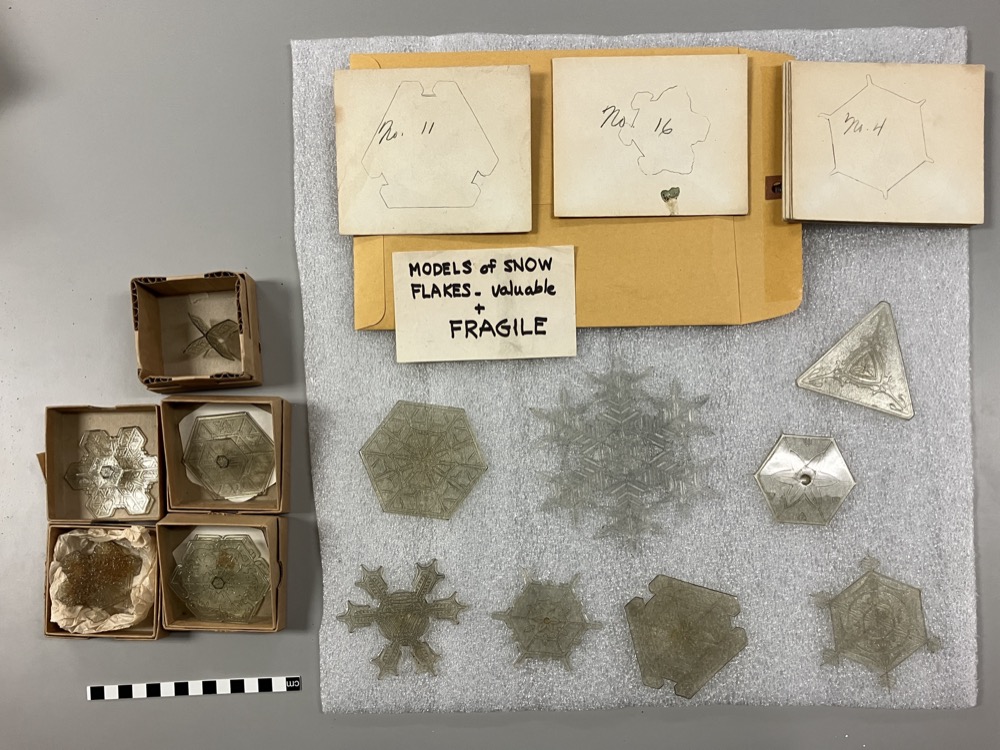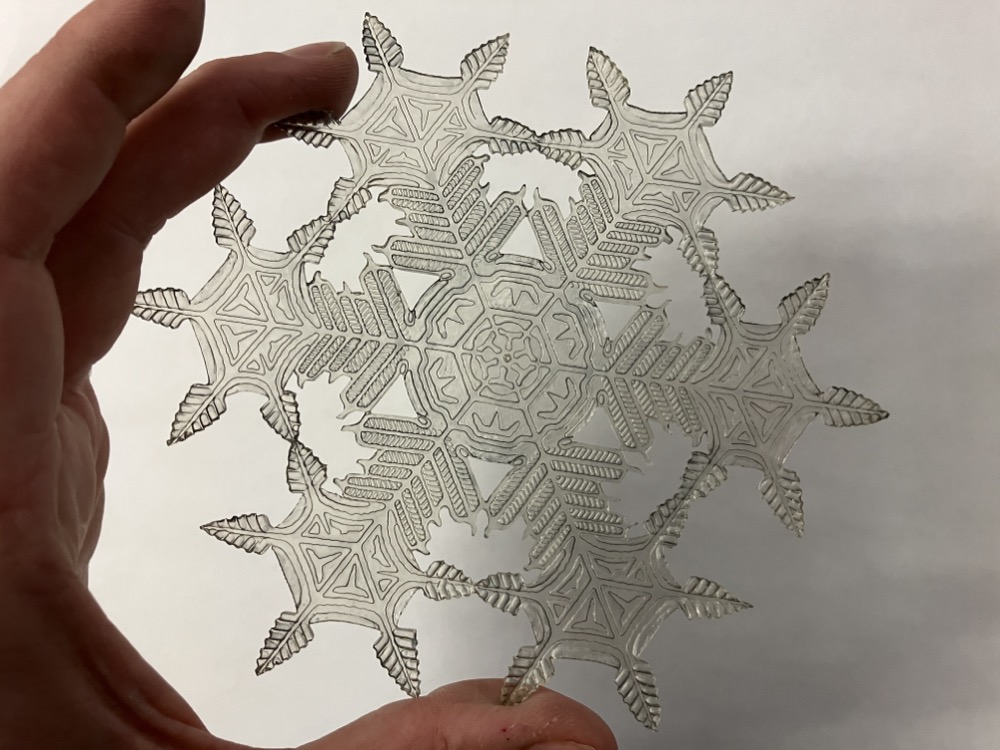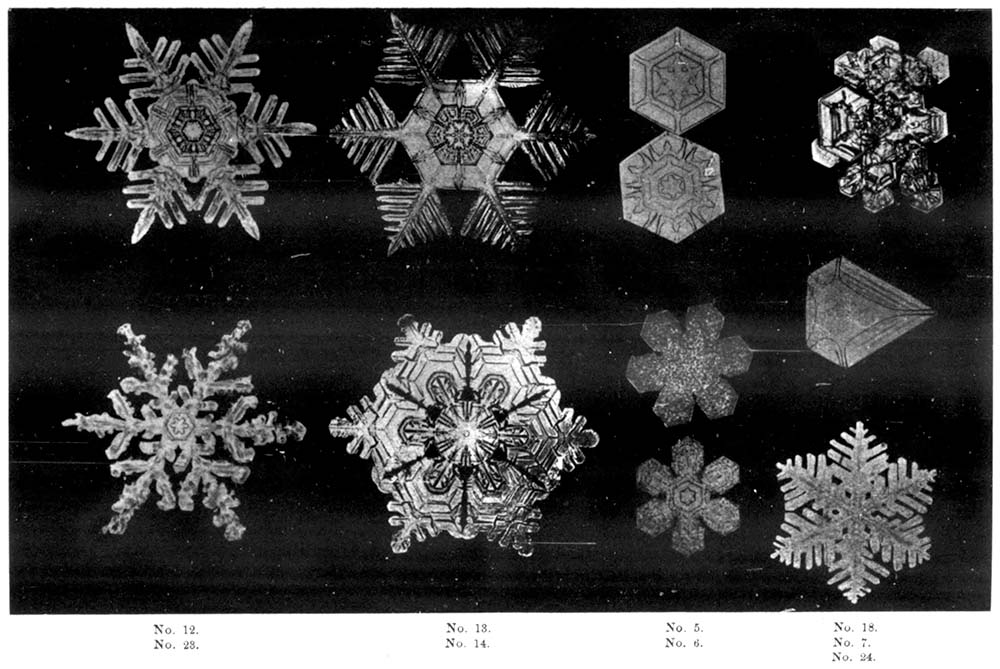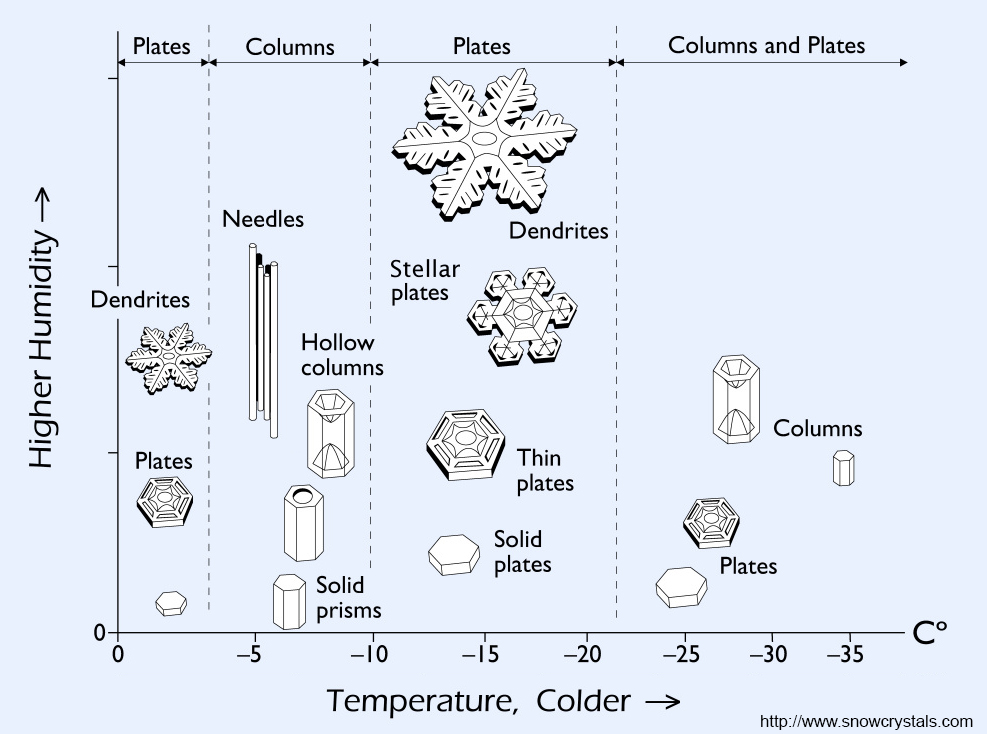Beautiful Snow Crystals

The Nova Scotia Museum collections include snow crystals from 1940!
These intricate models of snow crystals were created by Edwin Reiber for the Cranbrook Institute of Science (Michigan). The models were the "first accurate models of snow crystals".

The models show the many complex shapes and forms that snow crystals can take. They are scientifically accurate and beautifully constructed. Imagine trying to make these models in 1940!
On close examination, it appears that the original was created in clay or wax, a thin raised surface that was carved into with fine tools - similar to carving a lino-block print. A mold was then likely created from the original, and plastic resin casts were poured for each surface. The scientific precision and artistry is spectacular.

From archives research - we know that models like these were produced for a display at the Cranbrook Institute of Science, in Bloomfield Hills, Michigan. Models like these were in a display about Weather that was in the exhibits from 1945 through 1960. The Cranbrook Newsletter from 1943 says the models were made by Edwin Reiber based on stereophotographs of snow crystals made by Corydon M. Grafton. The project was financially supported by a donation from Archibald F. Goddard, an accomplished mineral collector in the area during that time.
Bentley's Snowflakes
The models were made by hand but based on photographs of snow crystals based on a technique originally developed by Wilson Bentley, a farmer from Vermont, who photographed over 6,000 snowflakes!
Wilson Bentley (1865 - 1931) was a farmer from Vermont, who developed a passion for photographing snowflakes, or snow crystals to be more precise. Snowflakes are clumps of individual snow crystals, each crystal is unique and its shape can tell us about the temperature and humidity of the air it formed within. The first published photographs and description of Bentley's work was published in May 1898 issue of Appleton's Popular Science Monthly Magazine.
The article "A Study of Snow Crystals", written by Bentley and Perkins, included several examples of his photographic snow crystals, and observations about the shapes of specific snow crystals associated with certain temperatures.

Wilson Bentley then produced his photographs in the book "Snow Crystals", that was published in November 1931. The beautiful book is still available today. Learn more about Snowflake Bentley : https://snowflakebentley.com/
Building on Bentley's work, Corydon Grafton was a research chemist who developed a technique to create stereophotographs of snow crystals. It was Grafton's photographs that were used as references for the snow crystal models. Grafton's technique for producing 3D photographs of snow crystals and other microscopic subjects was published in a Popular Science in 1948.
Snow Crystals
We now know that snow crystals form naturally in clouds, and their unique shapes depend on the humidity and temperature of the air they pass through as they fall to the ground. Very cold and dry air results in flat plate shapes, but when clouds form in air that is -10C snow crystals of intricate dendritic patterns form. Sharp needles of ice crystals form at other specific cold temperatures of air. There are endless combinations and each snow crystal is unique.

For an full overview of the science of snow crystals you can check out the book Snow Crystals by Kenneth Libbrecht, or online at: http://www.snowcrystals.com/science/science.html
Ice is a Mineral
Did you know... Ice is a Mineral? Wait, what?
You may not have realized that snow is a geological topic. Just like quartz, snow crystals are classified as a mineral. Snow crystals form naturally, from a single compound (water/ice), and have a specific chemical formula (H2O). Also similar to the mineral quartz, snow crystals have six-fold symmetry and a hexagonal structure. Yes, ice is a mineral.
Snow Crystals on Display
These models of snow crystals will be on display at the Museum of Natural History.
Article revised with new information: December 17, 2023.